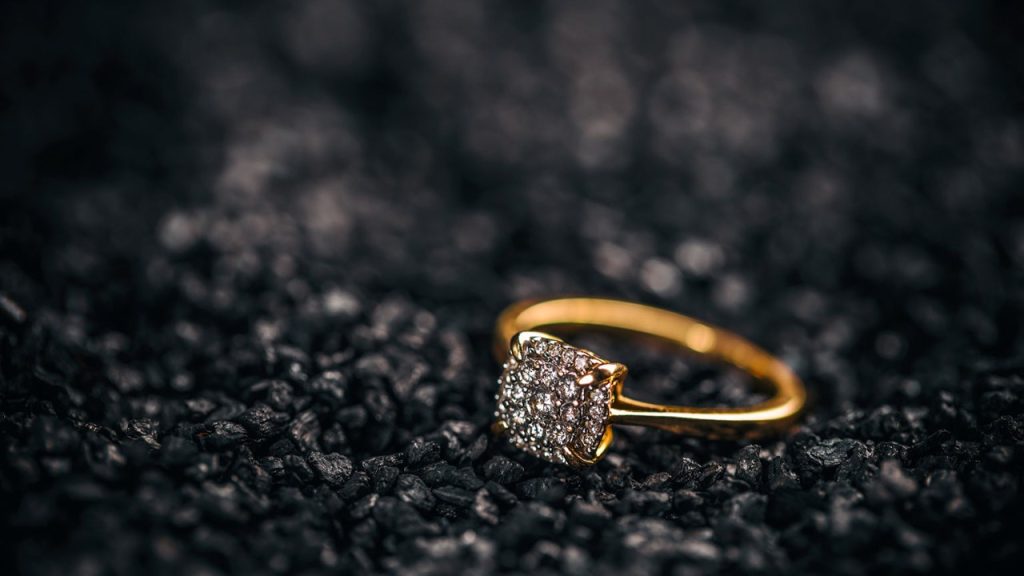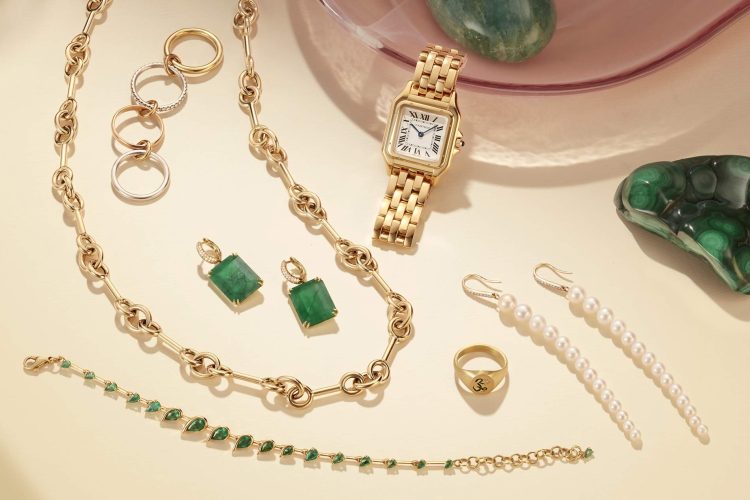Introduction: The Value of Heirloom Jewelry in Today’s Market
Heirloom jewelry, passed down through generations, often carries sentimental value and historical significance. Yet, many modern investors are discovering that these treasured pieces can also offer significant financial returns if handled wisely. Over time, the gold and gemstones that make up these pieces may have appreciated in value, and with careful management, even older, seemingly outdated items can become profitable investments. In this article, we’ll explore how to upgrade, restore, and sell inherited gold jewelry, as well as how to appraise these heirlooms for their current market relevance.
Understanding the Value of Inherited Jewelry
Before diving into the specifics of upgrading and selling heirloom jewelry, it’s important to understand why these pieces hold potential as investments. Gold and other precious metals are historically considered safe-haven assets, making jewelry made from them valuable in fluctuating markets. Additionally, heirloom jewelry often includes unique designs, high-quality craftsmanship, and rare gemstones, all of which can increase their value. For investors looking to capitalize on inherited jewelry, the key is to assess each piece’s potential by considering factors such as its condition, historical significance, and the market demand for similar items.
Upgrading Heirloom Jewelry for Modern Appeal
Why Upgrade Heirloom Jewelry?
Many heirloom pieces, although valuable, may not reflect modern fashion trends or appeal to contemporary tastes. Jewelry that was fashionable decades ago might no longer be in style today, making it difficult to sell or wear regularly. However, upgrading these pieces can turn them into more marketable investments. Whether through redesigning an old brooch into a necklace or adding diamonds to a vintage ring, upgrading can increase both the jewelry’s aesthetic appeal and its market value.
Options for Upgrading
- Redesigning Jewelry: Reworking an outdated design into something more contemporary can dramatically increase its value. An experienced jeweler can help transform an old piece into a stylish, marketable one that aligns with modern trends.
- Adding Modern Elements: Incorporating trendy features, such as diamonds or colored gemstones, into heirloom pieces can enhance their value. Consider adding pavé diamonds to a simple gold ring or using vintage settings as a base for newer, rarer stones.
- Enhancing Quality: Some pieces may have been made with lower-grade materials, such as lower-purity gold or synthetic gemstones. Upgrading to higher-quality materials or stones can elevate the overall worth of the piece.
By upgrading, you can not only make your heirloom jewelry more wearable and appealing, but you can also ensure that it remains relevant in the eyes of collectors and investors. Additionally, this process can also offer the opportunity to modernize sentimental pieces without losing the emotional connection to their original form.
Restoring Heirloom Jewelry to Its Former Glory
The Importance of Restoration
Restoring an inherited piece of jewelry to its original condition is an essential step in increasing its market value. Over time, jewelry can become tarnished, gemstones may become loose, or clasps may become worn. Inherited jewelry that has been passed down through generations might show signs of wear, making it less appealing to potential buyers or investors. Proper restoration, however, can return the piece to its former brilliance, allowing it to command higher prices in the market.
Common Restoration Tasks
- Cleaning and Polishing: Over time, gold jewelry can accumulate dirt, oil, and tarnish. Professional cleaning and polishing can remove these residues, restoring the shine and luster of the piece.
- Replacing Damaged Stones: Sometimes, an heirloom piece may have lost a gemstone, or it may have a cracked or chipped one. Replacing these stones with high-quality alternatives can make the piece more valuable while maintaining its historical integrity.
- Reinforcing Settings: Antique jewelry settings may have weakened over time. Re-securring stones or strengthening prongs can prevent further damage and restore the piece’s durability.
Restoration, when done properly, can bring a tired, worn-out piece back to life and make it more attractive to buyers or collectors.

Selling Heirloom Jewelry: Timing and Market Considerations
When to Sell Heirloom Jewelry
Selling heirloom jewelry is often a complex decision. Whether you’re considering selling a piece to capitalize on its appreciation or you simply no longer have an emotional attachment to it, timing is crucial. Understanding market trends and knowing when to sell can make the difference between a modest profit and a substantial return. Several factors influence the best time to sell:
- Market Conditions: Gold prices and demand for certain gemstones fluctuate based on economic conditions. Monitoring these trends can help you decide when to sell.
- Rarity of the Item: Unique pieces, especially those made by renowned designers or featuring rare gemstones, tend to increase in value over time. Selling at the peak of demand for these rare items ensures maximum returns.
- Personal Circumstances: Selling jewelry may also depend on personal financial needs, such as the need for liquidity or changes in personal circumstances.
How to Sell Heirloom Jewelry
- Auction Houses: For rare, high-value items, auction houses like Sotheby’s or Christie’s are excellent places to sell heirloom jewelry. These institutions attract wealthy collectors and investors who are willing to pay top dollar for unique pieces.
- Jewelry Retailers and Dealers: If you’re looking for a quicker sale, local jewelers or established jewelry dealers can offer an efficient route. However, the price you receive may be lower than what you’d get through an auction, as dealers typically offer less than market value to account for their markup.
- Online Platforms: Selling heirloom jewelry online via platforms like eBay, Etsy, or specialized jewelry marketplaces can also be a viable option. These platforms reach a global audience, which increases the chances of finding the right buyer willing to pay a fair price.
How to Appraise Old Jewelry for Current Market Relevance
What Makes an Appraisal Accurate?
A professional appraisal is crucial for determining the true value of your heirloom jewelry. The appraisal process includes assessing the materials, craftsmanship, and condition of the piece, as well as the current market demand. Accurate appraisals can help you make informed decisions about whether to restore, upgrade, or sell a piece.
Key Factors to Consider in Jewelry Appraisals
- Gold and Gemstone Quality: The quality and purity of the gold, as well as the type and clarity of the gemstones, heavily influence the value of the piece.
- Craftsmanship and Brand: High-quality craftsmanship and brand recognition (especially for designer pieces) can significantly increase a jewelry item’s value.
- Condition: The condition of the piece is paramount. Jewelry in excellent condition, with no signs of wear, scratches, or damage, holds much higher value than pieces that need extensive restoration.
- Market Trends: Jewelry appraisers stay up-to-date with current trends and pricing, ensuring that your appraisal reflects the current market conditions.
Choosing a Qualified Appraiser
Selecting the right appraiser is essential for an accurate evaluation. Look for appraisers who are accredited by organizations like the Gemological Institute of America (GIA) or the American Society of Appraisers (ASA). A certified appraiser ensures that the valuation is based on professional standards and market knowledge.
Conclusion: Making Heirloom Jewelry a Profitable Investment
Heirloom jewelry holds significant potential for both sentimental and financial value, and with the right strategies, it can become a lucrative investment. Whether you’re upgrading old designs, restoring worn pieces, or selling at the opportune moment, understanding how to manage these assets effectively is crucial for modern investors. By having pieces professionally appraised, restored, or upgraded, and by carefully considering when and how to sell, you can turn inherited jewelry into a profitable and lasting investment.

































